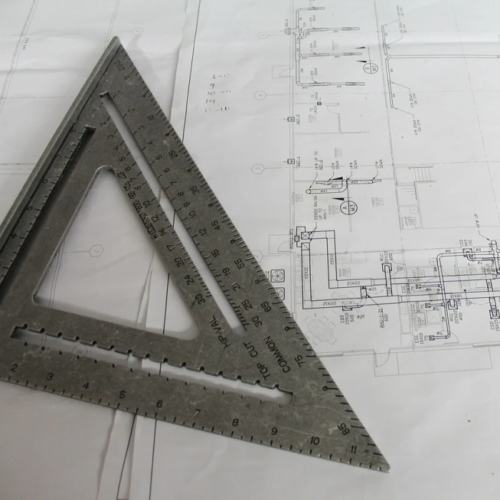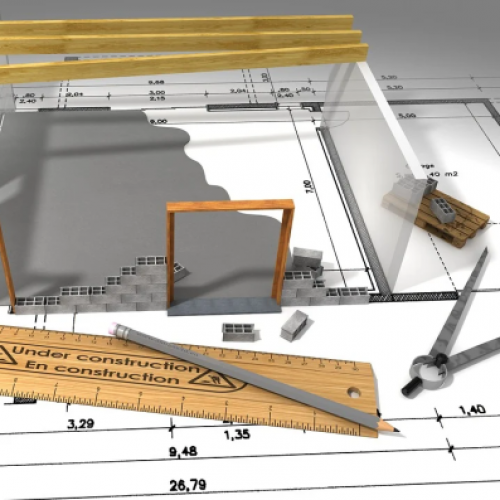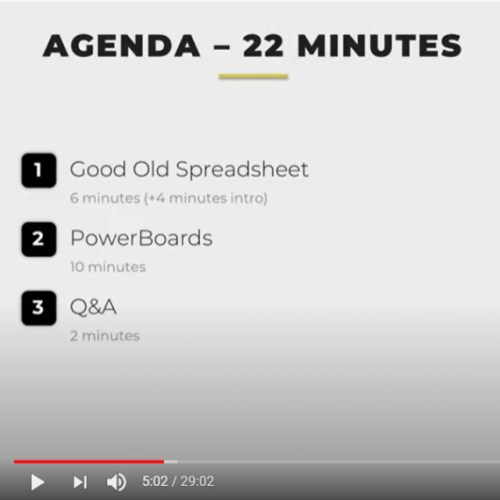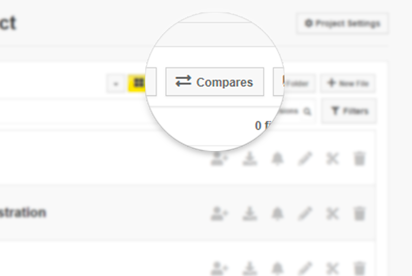Let’s tell the story of two contractors: Contractor A and Contractor B. Each of these are on a hotel build, and the client requests to upgrade a set of rooms to suites.
Contractor A goes ahead and implements the instruction. A few months later, they submit a large change order for “suite upgrade”, including knock-on effects, re-procurement, and program delays.
Contractor B quickly puts together an estimated component cost implication, and notifies the client there would also be knock-on effects on the program, which aren’t entirely clear yet. They then ask the client whether, in light of these costs and risks, they still want the change? When delays to the program do happen, the contractor immediately explains the delay to the client and lays possible options to move forward.
Although the resulting additions to scope and to cost were the same, more often than not Contractor A is heading to a dispute while Contractor B will simply get paid.
What’s going on?
It’s often thought that a dispute is the result of an overrun on budget, program, or both. But in fact, a dispute is not the result of the overrun itself, but rather of disagreement on the cause – and therefore fault – of the overrun. The chance of a dispute goes up if both sides believe they are not at fault. In construction, complexity makes it much harder for parties to know the exact reasons for delays and disruptions, and information asymmetry makes parties suspicious of the other side. As a result, it is widespread that both sides believe they are “right”. This is one of the main reasons why disputes are so common in construction.
In our story, here’s what’s going on:
Contractor A kept their cards close and didn’t share information. They believed that not disclosing the information will buy them an advantage in any future dispute. That may be the case, but it also seems uncontroversially true that not communicating the information effectively created the dispute.
Contractor B may be feeling vulnerable, but by sharing the information early, they get buy-in from the client and help the client internalize the risk. While details may be argued, the overrun is just the result of the change the client requested, and most clients will accept it.
Most of us would like to be Contractor B. However, in reality, more often than not we are Contractor A. I hope to help understand why, and what we can do about it.
How did we get here?
Construction is hard. Construction programs consist of many interrelated activities with complex dependencies between them. As a result, when projects run over time and budget, it is challenging to determine what exactly caused the delays and disruptions. This uncertainty, coupled with the high value of the overruns, encourage both parties to feel they are in the right, leading to a higher likelihood of prolonged disputes.
As a result of the high instances of disputes, parties prepare for disputes throughout the project. Contractors and project managers alike try to create “dispute facing” records and gather as much information as possible. Further, parties will naturally “keep their cards close” to try to get an advantage in any future dispute.
It’s a trap!
Unfortunately, the informational advantage we’re all after is a fly-trap that we fall for over and over again. The trap is simple: we all know projects often go to dispute. We, therefore, “protect our interest”, and share information sparingly. It seems intuitive an “informational advantage” is, well, an advantage.
But it is withholding the information that often causes the dispute in the first place! It is by withholding information that contractors create information asymmetry that makes the client believe they are being swindled. It is withholding information which made contractor A above have a dispute rather than get paid. So, in preparing for a dispute, we’re often exacerbating the likelihood of that very dispute.
Unfortunately, once a dispute begins, there is a myriad of costs and damages. Even if the strategy of maintaining an informational advantage eventually proves effective and leads to a win, it is rare to recover more than a fraction of the value. Add the legal and reputational costs, and you lose even when you win.
So, assuming that withholding information from the other party is a significant cause of the dispute and that with disputes you may recover your entitlement only very partially, one should reach the conclusion that an informational advantage might not be an advantage at all.
An informational advantage simply creates information asymmetry; it rarely leads to wins – you mostly use the informational advantage to recover rights you were entitled to in the first place. Had contractors shared clear and contemporaneous information, there often wouldn’t be a dispute at all.
Controlling the details
It is not a new idea that open and effective communication is good. Most contractors would like to be Contractor B. Most contractors would like to effectively and contemporaneously report issues. However, to be able to report the details, you first need to know them. A large number of contracts, technologies, and initiatives try to address this issue. However, the reality of construction projects is that current staffing, tools, standards, and practices don’t allow most contractors to keep up with the details, let alone understand and report on them.
If you don’t (really) know what’s going on, you have no chance of effectively reporting it to the client on time.
Project Clear & Transparent
ShapeDo’s change management solution, along with PowerBoards that reflect underlying information, enable you to effectively and accurately control information, and present, report, and decide issues in near real-time. We are here to help deliver on the promise of mutually beneficial transparency.
While we believe we can provide a technical enabler, we also understand that real collaboration runs much deeper. We have recently announced Project “Clear and Transparent”, an initiative that aims to support and promote information flow. We plan to invest substantial time & resources to set up, support, and record a system of genuinely open information flow between parties. If you think your project or company may be a candidate, please enquire with us.








